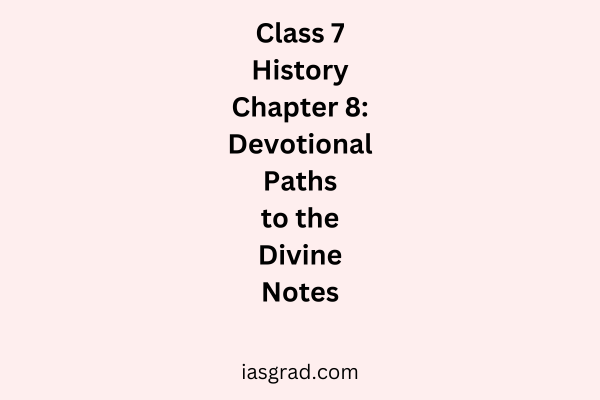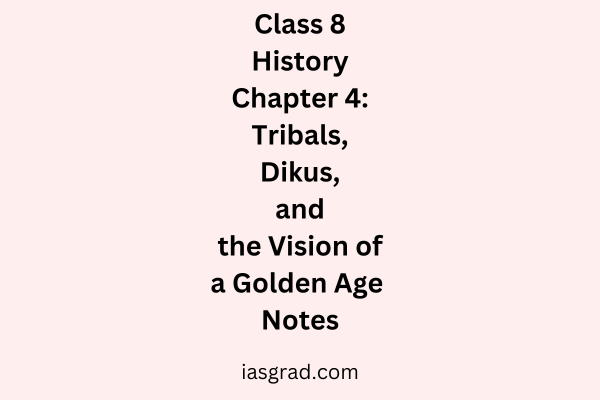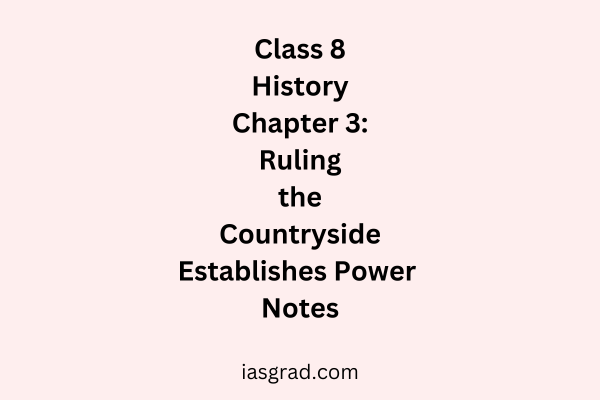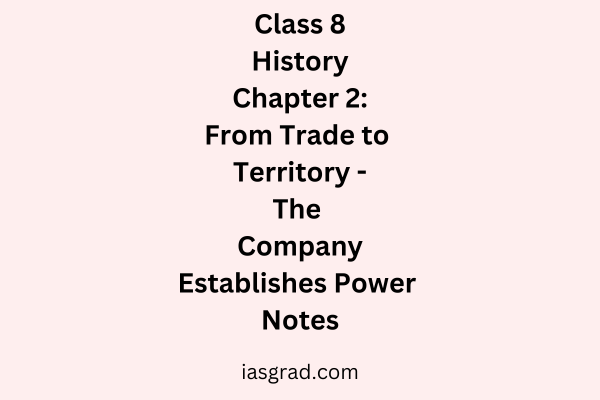Class 7 History Chapter 10: Eighteenth-Century Political Formations Notes
Class 7 History Chapter 10: Eighteenth-Century Political Formations Notes The 18th century marked a period of political transition in India following the decline of the Mughal Empire. This chapter explores the rise of regional powers such as the Marathas, Rajputs, Sikhs, Jats, and Nawabs of Bengal, Awadh, and Hyderabad. It discusses how these states maintained […]
Class 7 History Chapter 10: Eighteenth-Century Political Formations Notes Read More »









